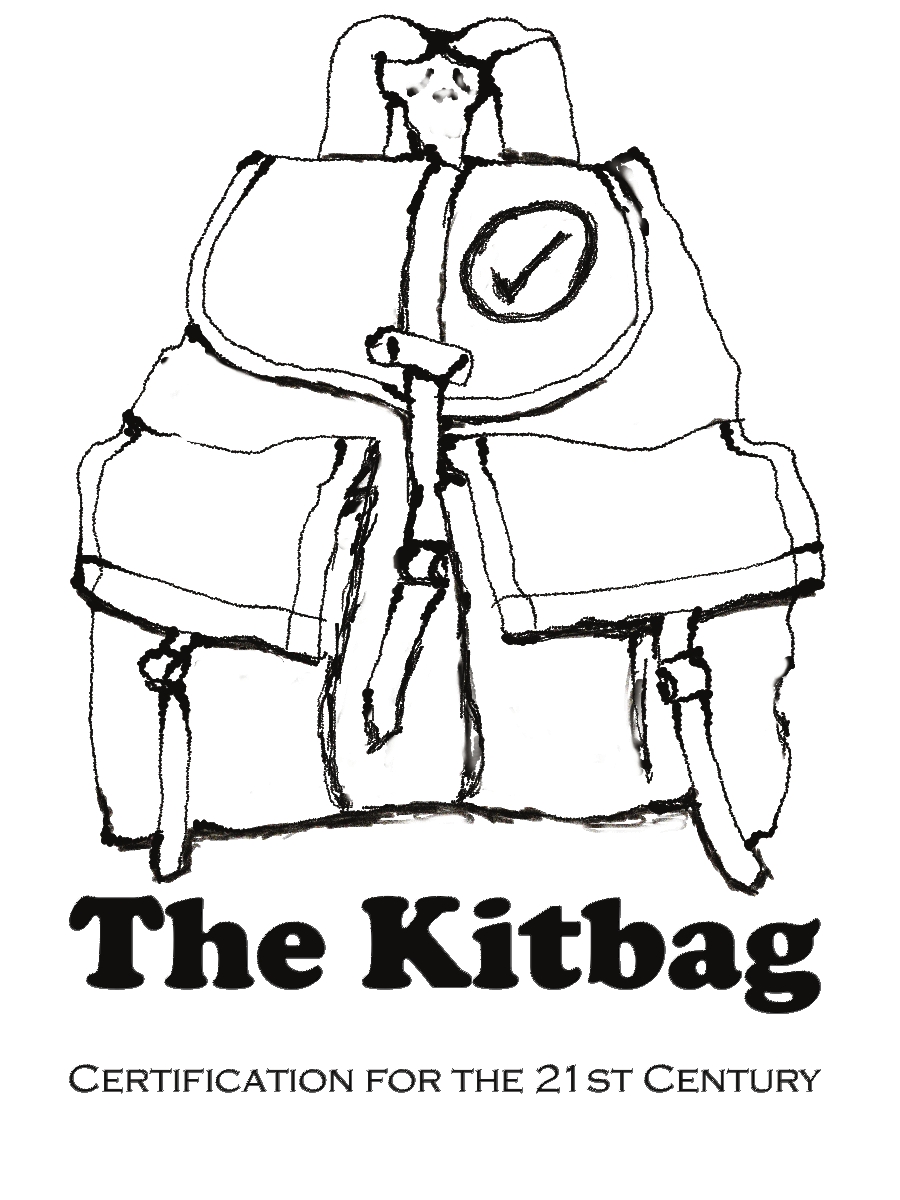Sometimes I get the question on the role of governments in sustainability certification. Well, the truth is that governments themselves decide when they want a role in any aspect of society, the challenge is to manage their expectations with your needs.
Standards and certification are built for the needs of markets. To make sure that certification works most governments want to have their fingers on the process but to be seen as having their hands off of it.
To make sense of this contradiction it is important to note how governments themselves use standards. In a number of areas standards and the associated audits, inspections and certifications are in fact regulations that are developed by an industry or business sector. Sometimes this is done to replace existing regulations (this is being done in transportation by having airlines and railroads manage their own safety systems based on private sector audits against a standard). Other times governments choose to adopt a standard as regulation (this means that a standard becomes mandatory even though it was not debated or passed by a legislature). Governments, for the most part, understand standards and certification to be part of their regulatory toolbox. It is in this sense that they want have their fingers on the process.
With their fingers on the process, governments want to be seen as not interfering in the market so most governments will want to be seen as keeping their hands off market based standards that the business world creates.
There is clearly a tension here.
When developing a new standard or certification system it is best to keep this, and other contradictions in mind.
For governments to stay in power the economy must grow - so new systems and processes are necessary. However the creation of sustainability standards can be disruptive, causing unease to those that profit from the status quo. Disruption in the economy can mean an old industry looses to a new innovation causing empires to fall and jobs to be lost. It can also mean that new industries rise and new jobs are created.
Good governments help manage the process of social and economic change. However the temptation to help their supporters win (and their opponents loose) can be tempting; that could mean propping up the old order or encouraging new new players. It is important to never underestimate the scale of resistance to change, especially by those who public image is built on promoting innovation and change. As a result the default position is almost always resistance to change.
Successful sustainability standards and certification systems establish themselves as firmly non-governmental. That means that all of their governance and decision making is done without a formal role for governments. At the same time they actively encourage governments to participate at a technical level and welcome the opportunity to meet with policy and political folks. This allows an open channel of communication in which governments can have input on the new scheme but are not required to actively take a position on the result.
Fingers on, Hands off.
That being said, it is important that open communication be maintained even after the new scheme has become operational. Governments are jealous of their powers and may be gentle with you when your scheme is small, but may become more aggressive as you grow.
